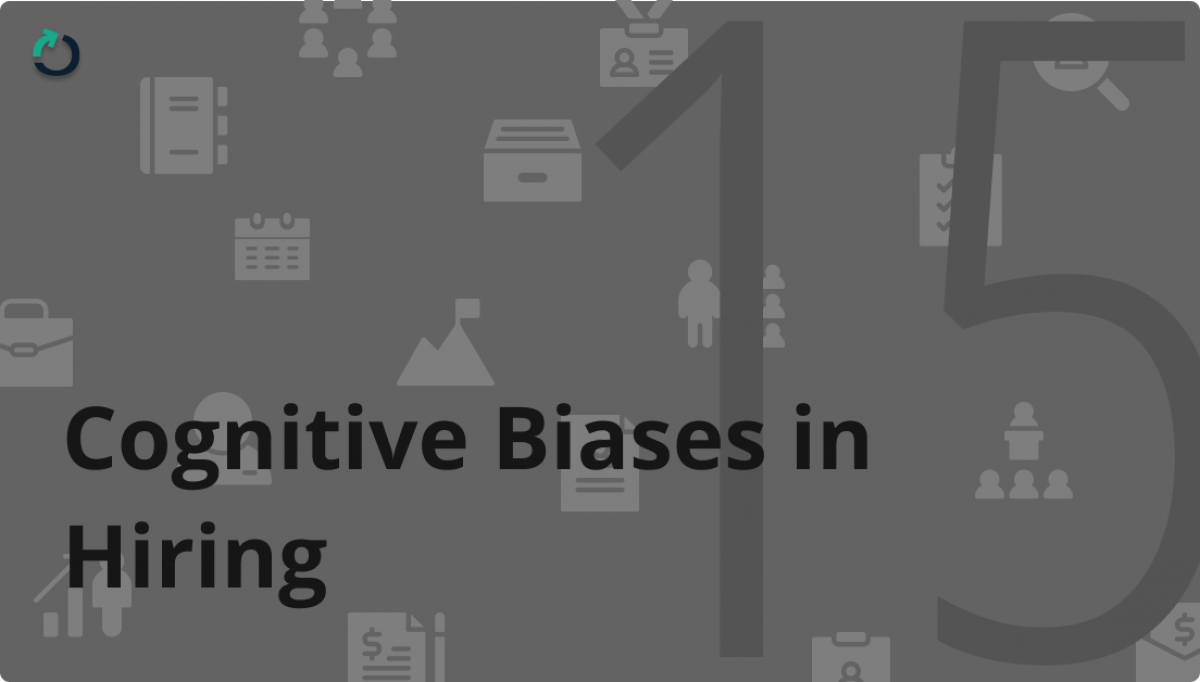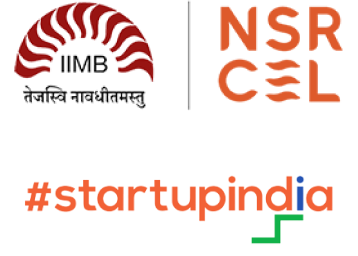Hiring biases or interviewer bias is an unconscious cognitive bias that clouds a recruiter’s judgment to evaluate candidates objectively. These are not usually because of malice on the recruiters’ part, but these stem from deeply rooted factors in the more primal part of your brain. And these factors don’t evaluate candidates based on their skill or ability.
We are inundated with a lot more information than our brains can handle. As such, we have evolved adaptations that allow us to make quick decisions based on limited information. Daniel Kahneman named this aspect of the brain “Fast thinking.” Much of everyone’s life is guided by this part of the brain. True, this adaptation has helped the human race survive so far; think of the times you have reflexively saved yourselves while driving. But the same facility that is crucial in our everyday lives can be a liability, especially in hiring employees. That is why this can have painful consequences for all parties involved.
We are hardwired to make rapid judgments about people, sometimes even before we have a single word with them. For example, we might develop a positive impression of a person because of their good looks or your common background, or something else.
You might dismiss these biases as insignificant first impressions, but first impressions can guide your interviews, and even the results, in different directions than if purely evaluated based on skills. And this impression had nothing to do with that candidate’s skill or ability to perform the job.
You might feel comfortable hiring the people you like. In the short term, it might seem like a reasonable strategy, but in the long term, this strategy with skew your hiring process which will result in expensive bad hires and deteriorated morale in the company. So every firm must have a strategy for combating cognitive biases in hiring processes.
This article is the first in this series about understanding and mitigating cognitive biases in hiring systems. Here, we will see the different types of cognitive biases and how they work.
Confirmation bias
This is possibly the most rampant of all the biases. Confirmation bias happens when you already have formed an impression of that candidate, and you will seek details that confirm that impression. If you have a positive first impression, you will look for all the positive things and vice-versa.
Recency Bias
Naturally, you tend to remember things that happened to you more recently than otherwise. So when you are interviewing many candidates, at the end of a long day with many interviews, you might be biased towards the candidates you interviewed at the latest.
First Impression Bias
The first impression bias relates to the judgments you make about the candidates in the first few minutes of your interview. If you form a positive impression, you will look for facts to confirm that impression throughout the interview. This bias goes hand in hand with the confirmation bias.
Culture Bias
Cultural bias relates to positive or negative feelings towards a candidate because of their cultural values. It is natural for you to be more at ease with someone who shares the same culture as you than with someone from an alien one. And this ease or unease will direct the interviews in a different direction that if hadn’t had any impression, as discussed in confirmation bias.
Anchoring
For example, if you have a preconceived notion of the “perfect candidate”, you will anchor to that trait and look for those specific traits in the interviewees. So rather than making a holistic decision, you will decide based on a single trait or skill.
Contrast bias
In hiring, contrast bias happens when you compare the current candidate with the most recent candidate or someone you vividly remember, rather than evaluating them separately. This means that the judgment that you are making is not neutral, and ultimately not objective.
Similarity bias
When you share some common traits with a specific candidate, you are more likely to rate that candidate a better fit than otherwise - irrespective of their skill level. It seems that this bias seems to be especially powerful in hiring contexts.
Attractiveness or “Halo effect” bias
Halo-effect bias happens when an overarching trait or characteristic defines the impression formed by the interviewer and even ignores the rest. For example, the candidate might be an attractive person or even a minor celebrity.
Demographical biases & stereotyping
This is also one of the more common biases in hiring practices. We attribute certain characteristics to people based on their gender, race, age, language, and a lot more, and these unwarranted judgments are often not reflective of things that matter to job success.
This is not an exhaustive list, and with the way research is popping up in cognitive psychology, I don’t think it is possible to build one. But I have outlined some of the more common biases that plague hiring processes.
In the upcoming article, we will take about some actionable steps that we can take to mitigate, even eliminate, these biases from your recruitment process, and how pre-employment assessments can help you with that.





